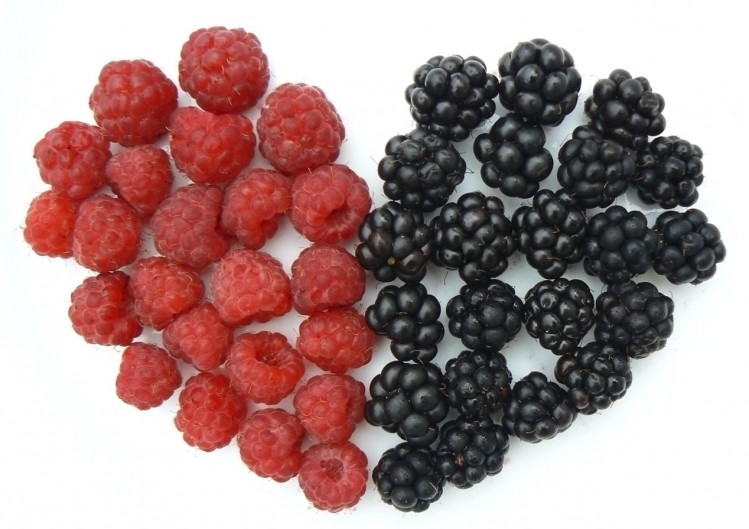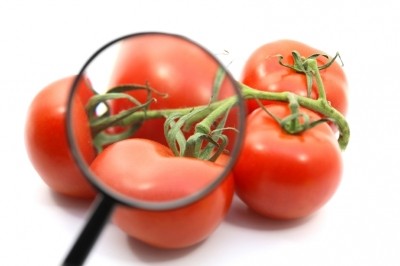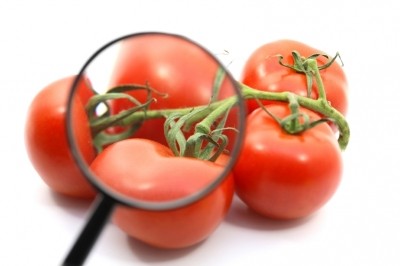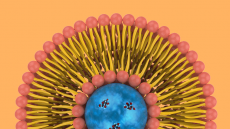Prof Blumberg: We need reference intakes for phytochemicals (and we’re not calling them antioxidants)

Such a development is not unachievable in the short term, but it would require a change to the current system of assessing dietary requirements, and a change from the regulatory agencies, said Prof Blumberg, director of the Antioxidants Research Laboratory at the Jean Mayer USDA Human Nutrition Research Center on Aging at Tufts.
In an interview with NutraIngredients-USA in 2010, Prof Blumberg called for more differentiation among the compounds, stating that the term ‘antioxidant’ refers to thousands of different compounds with wildly different chemical structures. “And that term implies one mechanism of action,” he said. “It’s simplification that could get us into trouble.”
Progress
Three years on and have things progressed? “We never move fast enough for me,” he told us, “but I do think there has been progress. If you look at the well-done studies, the characterization of the compounds is better.”
While characterization has progressed, the challenge now is that it is difficult to find specificity for the compounds, he said. “Some flavanols have similar effects to anthocyanins, for example. We’re struggling with the specificity of their physiological effects.”
“This isn’t panning out in a simple way, and this is the reality of Mother Nature and human health.”
“For carotenoids and polyphenols, their benefits go across the whole human health platform. We know enough to know that these compounds are acting on many different parts of the pathways. They don’t affect them all, and we need to differentiate in their mechanism.”
The next step
Once we have that kind of information then the nutrition community can start to do some rationale synergy, and get away from this “sloppy” practice of combining everything.
“This is the next step,” he said. “Knowing the mechanisms will be very useful in innovating for combinations of ingredients with specific outcomes.”
Some of the metabolomics and proteomic research is giving us this information.
“Let’s say we get there,” he said, “well, we then have the challenge of how to communicate to consumers and the media and on labels under the current regulatory requirements. I’m not sure we could communicate this.
“We need to develop a quantifiable reference for these phytochemicals. We have an RDA for vitamin C and we can label that on a product and it’s meaningful. But how are we going to do this for the thousands and thousands of phytochemical that don’t fit into the nutrient deficiency paradigm?”
“Can we be specific for compounds, or do we try for classes of phytochemicals like flavanols. Because we have some similarities between compounds like epicatechin and epicatechin gallate we can say something.
“Importantly, there are people doing studies on flavanols, and there is good testing on green tea and cocoa, for example.
“We know that flow mediated dilation (FMD – a measure of blood flow and vascular health) is affected by these compounds and there are dose response studies. We know that flavanols have an effect on vascular health.”
RDAs or similar
Prof Blumberg noted that the literature contains data from dose response studies for 10 or 20 people that last four weeks, and admitted we need longer term studies on, in his opinion, perfectly good outcomes or biomarkers, like blood pressure, FMD, and blood glucose, that show that a substance is doing something that is relevant.
“The problem is that most regulatory agencies don’t agree,” he said. “But what you need to realize is that these are the kinds of studies that formed the basis of the RDAs. For vitamin C it is not preventing scurvy, it is the level of vitamin C needed for saturation of red blood cells.
“The data we have for flavanols are no different from the studies we use to support the RDA’s. I’m not sure I would call my recommendations an RDA but we need a quantifiable reference.
“It’s very hard through the current system.”
By not having such references, we’re stifling innovation, he said. There is also a challenge associated with how specific we can be on functional outcomes or biomarkers.
“There is a lot of data on flavanols and lycopene and lutein, but there’s not RDA or AI for lutein. Can we do this now?
“Is the nutrition community ready? This will move us forward once people commit to doing this. We need to establish the criteria, do the research, and that will give us better data. This needs to be formalized.
“This is a provocation to some and they’ll say we’re not there yet. But we do know some things so let’s get started on that,” said Prof Blumberg.
“I tell my grad students that I think lutein is a vitamin, so what data do we need to prove this? Deficiency studies and that could run to two generations. We could do it quicker and use knock-out mice, but some would question if you can extrapolate these findings.
“We have to try to find out what’s helpful, health promoting and therapeutic and not just what avoids deficiency.
Prof Blumberg asked if he said that green tea is good for you, but it’s only a benefit for 30% of the population, would that offer a public health benefit.
“Look at salt,” he said. “We say that sodium needs to be reduced, but we know that maybe only 20% of people will benefit from that. Can we take that in the other direction?
“We have worried too much about making absolute statements.”


















